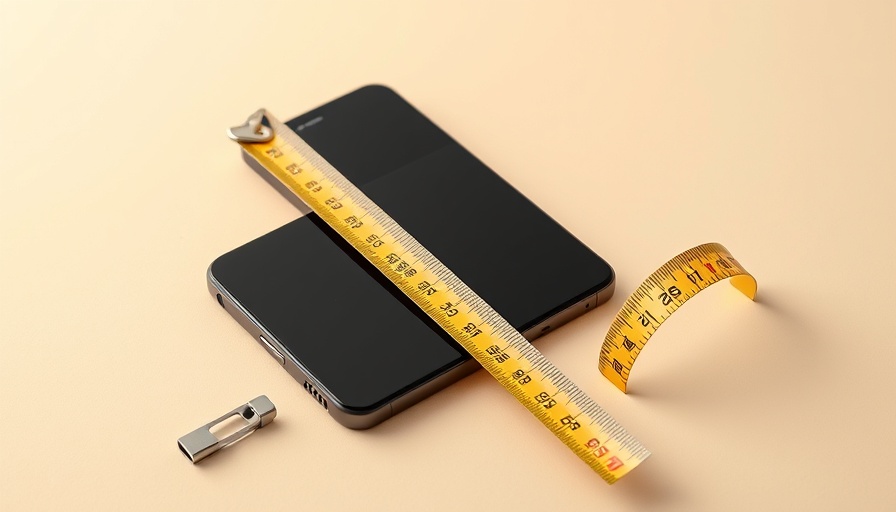
Does Your Phone Hold the Key to DIY?
In an age dominated by technology, the question arises: can smartphones truly replace traditional tools? As I hung a picture recently, I had a moment of realization. Instead of fetching a level from my toolbox, I relied on a free leveling app on my phone. At first glance, it did the job, but was it the optimal choice for home projects?
The Reality Behind Ruler Apps and Measuring Tools
Measuring apps, including simple ruler applications like Rul3r, claim to duplicate the functionality of physical rulers. However, experts like Hommer Zhao warn about limitations inherent in the smartphone’s design. The small screen size can lead to inconsistencies, especially when precise measurements are critical.
My own tests with ruler apps provided mixed results. While I could measure bolts accurately enough for simple tasks, the precision waned for intricate measurements. This highlighted a fundamental flaw: certain tools cannot replace the reliability of traditional measuring devices.
Accuracy Issues with Augmented Reality Apps
Augmented reality (AR) measuring tools like My Measure are designed to provide a more intuitive experience, with a virtual measurement overlay showing dimensions in real time. However, multiple tests revealed frequent inaccuracies. For example, measuring a standard piece of paper led to an odd reading of 8-5/8" x 10-1/8", far beyond acceptable tolerances in home improvement projects.
Moreover, many AR apps impose restrictions like maintaining physical distance from the item, complicating measurements in tight spaces. Coupled with the often-pricey in-app purchases for functionalities, these challenges render them less appealing for both dedicated DIY enthusiasts and novices alike.
The Pros and Cons of Leveling Apps
Leveling apps utilize a phone's gyroscope to determine if a surface is level. While many are free and easy to download, their performance can be inconsistent. Some bubble level apps were unable to maintain accuracy, with factors such as phone orientation playing a significant role in readings.
Consider this: the reliability of these digital tools can be questionable during complex projects. If you are adjusting fixtures or aligning cabinets where precision is key, a physical level may still reign supreme.
Final Thoughts: A Phone Can't Do It All
The convenience of using mobile apps for home improvement is undeniable. They can be handy for minor tasks and quick fixes, offering a sense of accessibility for the everyday person. However, for larger projects or actions requiring utmost accuracy, there's still no substitute for a quality toolbox filled with reliable tools.
In conclusion, while smartphones can assist in DIY tasks, they cannot fully replace traditional hardware tools. Balancing both tech solutions and trusty tools is likely the best approach for completing home projects effectively.
 Add Row
Add Row  Add
Add 




Write A Comment